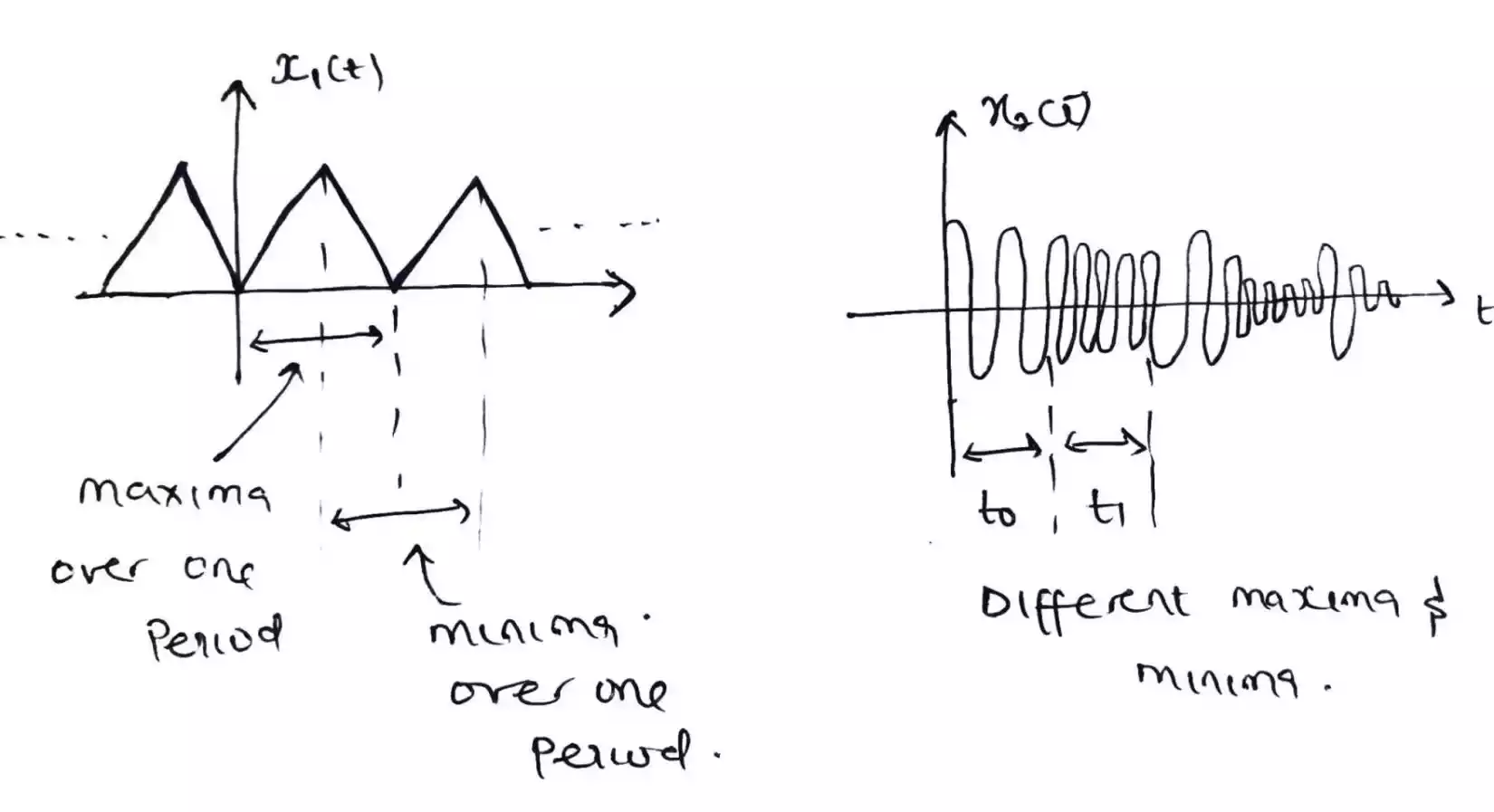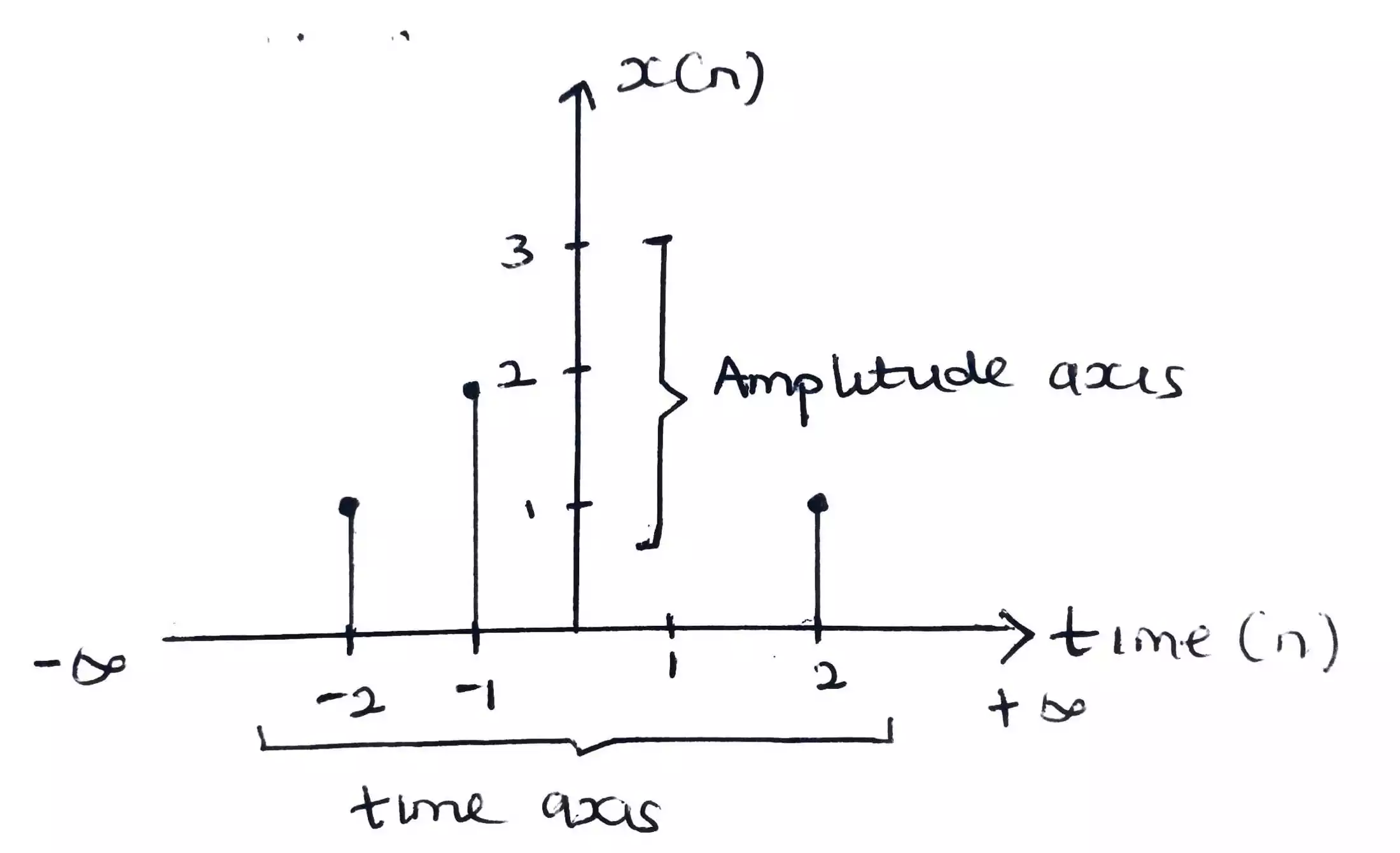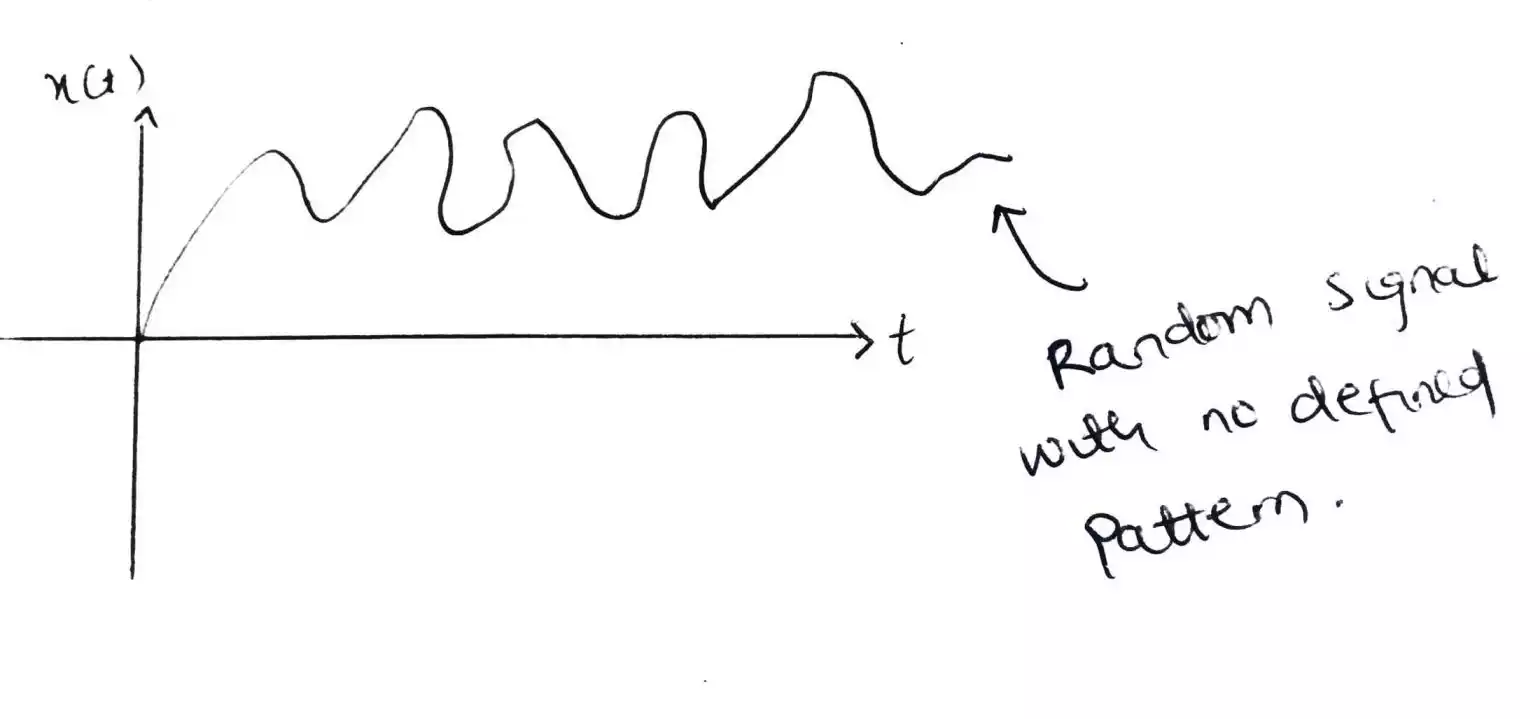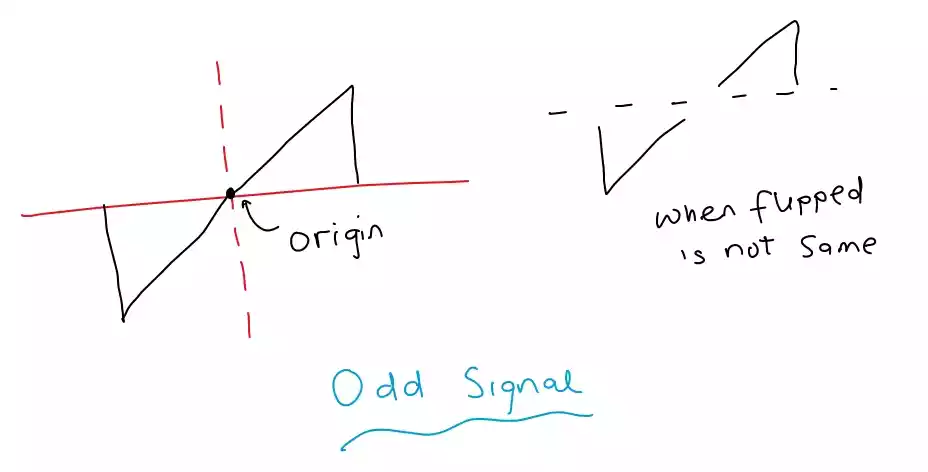Difference Between Power Signal and Energy Signal
Power signals and energy signals are fundamental concepts in signal processing and are important for analyzing and characterizing different types of signals.
Read on: How Do You Solve Energy and Power Signals Problem Step By Step With Tips and Shortcuts?
In this article, we will look into the differences between these two signal categories and explore their unique properties.
Table of Contents
Power Signals
A power signal is a signal that exhibits a finite average power over an infinite time interval, but possesses infinite total energy.
This phenomenon can arise in periodic signals, such as sinusoids. The average power of a periodic signal is calculated by dividing the signal’s energy by its period.
In the case of a sinusoid with an infinite period, the average power becomes zero. However, the total energy of a sinusoid remains infinite since the signal never reaches zero.
This highlights the intriguing nature of power signals, where the average power is finite but the total energy diverges to infinity.
Energy Signals
In contrast to power signals, energy signals possess finite total energy over an infinite time interval, while their average power is zero.
Non-periodic signals that decay to zero as time progresses exemplify energy signals. For instance, consider the exponential signal $e^{-t}$.
This signal has a finite total energy of 1, indicating that the energy content of the signal is finite despite its infinite time duration.
However, since the average power is calculated by dividing the total energy by the time interval, and the time interval is infinite in this case, the average power becomes zero.
Distinguishing Average Power and Total Energy
It is essential to differentiate between average power and total energy when analyzing signals.
Average power measures the power of a signal over a finite time interval, providing insights into the signal’s power distribution within that interval.
On the other hand, total energy characterizes the overall power content of a signal over an infinite time interval.
While average power captures the signal’s behavior in a limited timeframe, total energy extends the analysis to consider the signal’s properties across an infinitely long duration.
Key Differences between Power and Energy Signals
1. Time Intervals
- Power signals exhibit their power properties over finite time intervals.
- Energy signals are analyzed over infinite time intervals.
2. Power and Energy
- Power signals have finite average power but infinite total energy.
- Energy signals have finite total energy but zero average power.
3. Periodicity
- Power signals can be periodic, such as sinusoidal signals with finite power.
- Energy signals are typically non-periodic and decay to zero as time progresses.
4. Calculation
- Average power is calculated by dividing the signal’s energy by the time interval.
- Total energy is calculated by integrating the squared magnitude of the signal over the entire time interval.
5. Applications
- Power signals are commonly encountered in fields like electrical engineering and communications.
- Energy signals are essential in areas such as image processing and audio signal analysis.
Wrap Up
Power signals possess finite average power but infinite energy, while energy signals have finite total energy but zero average power.
The differences lie in the behavior of the signals over time intervals and the calculation of average power and total energy.
By recognizing these distinctions, we can accurately characterize and analyze signals in various domains, leading to advancements in communication systems, image processing, and other signal processing applications.
FAQ (Frequently Asked Questions)
- What is the difference between power and energy signals? The main difference lies in their power and energy characteristics. Power signals have finite average power but infinite total energy, while energy signals possess finite total energy but zero average power.
- Can a signal have both finite power and finite energy? No, a signal cannot have both finite power and finite energy simultaneously. The properties of power and energy are mutually exclusive in signal analysis.
A signal can either have finite power and infinite energy (power signal), or it can have finite energy and zero power (energy signal).
The distinction between power and energy signals is based on the behavior of the signal over time intervals and the calculation of average power and total energy. - Are power signals always periodic? No, power signals are not always periodic. While periodic signals, such as sinusoids, can exhibit finite power, power signals can also be non-periodic.
Non-periodic power signals have a power distribution that varies over time, but still maintains a finite average power over a finite time interval. - What are some examples of power signals? Several examples of power signals include periodic signals such as sinusoids, square waves, and triangle waves. These signals have a repetitive pattern over time and exhibit finite power but infinite energy.
- What are some examples of energy signals? Examples of energy signals include non-periodic signals that decay or approach zero as time progresses. Some common examples are exponential signals, Gaussian pulses, and finite duration pulses.
These signals possess finite energy but have zero average power due to their behavior over infinite time intervals. - How is average power calculated for a power signal? Average power for a power signal is calculated by dividing the total energy of the signal by the time interval over which the average power is being determined.
The total energy is obtained by integrating the squared magnitude of the signal over the time interval. - How is total energy calculated for an energy signal? Total energy for an energy signal is calculated by integrating the squared magnitude of the signal over the entire time interval.
The integral represents the accumulated energy content of the signal over the infinite time duration. - In which fields are power and energy signals commonly encountered? Power signals are commonly encountered in fields such as electrical engineering, telecommunications, and power systems.
Energy signals find applications in areas such as image processing, audio signal analysis, and speech recognition.





